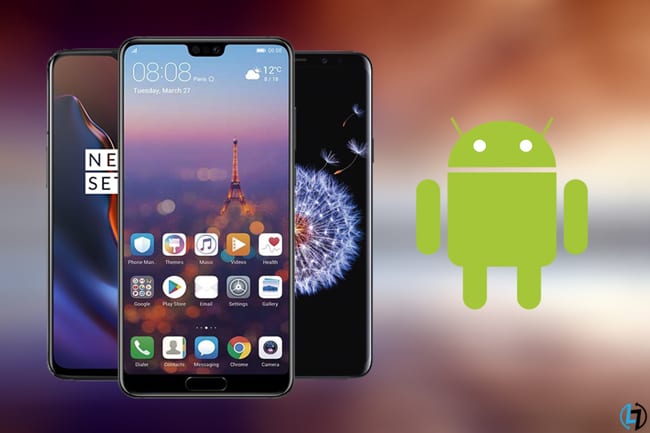Gone are the days when only the desktop was used to surf the internet or gain knowledge.
Today, from smartwatches to mobiles, from smartphones (Mobile Device Management) to smart TVs, everything has become an essential part of your lives, be it for entertainment purpose or for upskilling, and upgrading yourself.
Not only this, shut indoors due to the lockdown, it is these devices that are helping us keep up with the pace of ‘Work From Home’ culture. And, so, to shed some light on these essential gadgets, today’s blog is dedicated to Mobile Device Management (MDM).

Mobile Device Management (MDM), is a process that involves managing everything about using a mobile device.
Today, most of the businesses use this to ensure that, not only their profits amplify but also their employees sync-in with the workload from anywhere, anytime, and on any device.
Thus, today, Mobile Device Management has expanded its horizons to emerge as Enterprise Mobility Management (EMM).
From efficiently compiling data to managing the apps installed, from configuring basic device settings to deploying a purpose-specific environment like that for a point of sale (POS), MDM is a boon for every organization.
However, like every coin has two sides, though mobile devices are portable, and can be used easily for sharing, and gaining information, and knowledge about the entire world in a click, it also has its own set of problems.
With variations in OS, it also becomes a challenge to single-handedly deploy the required software, and/or systems to the entire lot at once. Not only this, be it unauthorized data access or data leakage, be it privacy breaching or database piracy, all these problems create a threat to the company’s security, and safety.
And, thus, it becomes imperative to have a special task force dedicated to the domain of mobile device management.
Why Mobile Device Management (MDM)?

Mobile Device Management (MDM) is essential for an organization that aims to boost its productivity, and efficiency without compromising on organisations safety, and security. It ensures :-
-
Ease of Deployment
Be it on-premises or in private or public cloud environments, MDM can be deployed anywhere with much ease, thus allowing the enterprises to choose a deployment method that caters to their business’ specific needs, and all at their convenience.
-
Efficient Integrations

Data integration is the need of the hour, and that exactly what MDM solutions do. Seamlessly integrating different facets together, it ensures clients, costumers, users, and employees walk hand in hand to boost profitability. From desk ticketing software to app development tools, this is a one-stop destination for all.
-
Manage Multiple Device Types
Simplified Mobile Device Management requires managing multiple OSs such as iOS, Android, Windows, macOS, tvOS, and Chrome OS, as well as multiple device types such as tablets, laptops, and smartphones.
Advantages of Mobile Device Management (MDM)
Time-saving Automation
Saves time, and effort by automating repetitive tasks like common configuration settings on devices or installing the main apps common to the entire lot.
Improved Outcomes
Helps in the devising of tailor-made policies to benefit the organization, thus improving workflow efficiency.
Enhanced Productivity

With increased workflow efficiency, customized policies, purpose-specific usability, etc… it is imperative that profitability would be boosted, and gains substantially increased.
Efficient Compliance
Meet complex compliance standards like the GDPR, HIPAA, ISO, PCI, and CJIS in just a few clicks.
Increased Security
Data protection is one of the major present-day concerns, and MDM is the perfect solution to this.
With the requirement for enhanced security of the corporate data on mobile devices, and for restricting, and/or limiting data sharing or saving on third-party services or associated platforms, MDM ensures that the organizational privacy is maintained, and given the highest priority.
Remote Management
It bestows the enterprise with the amazing feature of managing devices over-the-air (OTA) i.e., without requiring any user intervention.
Find out all the statistics on mobiles here. Do you or your company make use of MDM, – and how?
How To Choose The Right SECURE SOCKETS LAYER (SSL) Certificate For Your Website?













